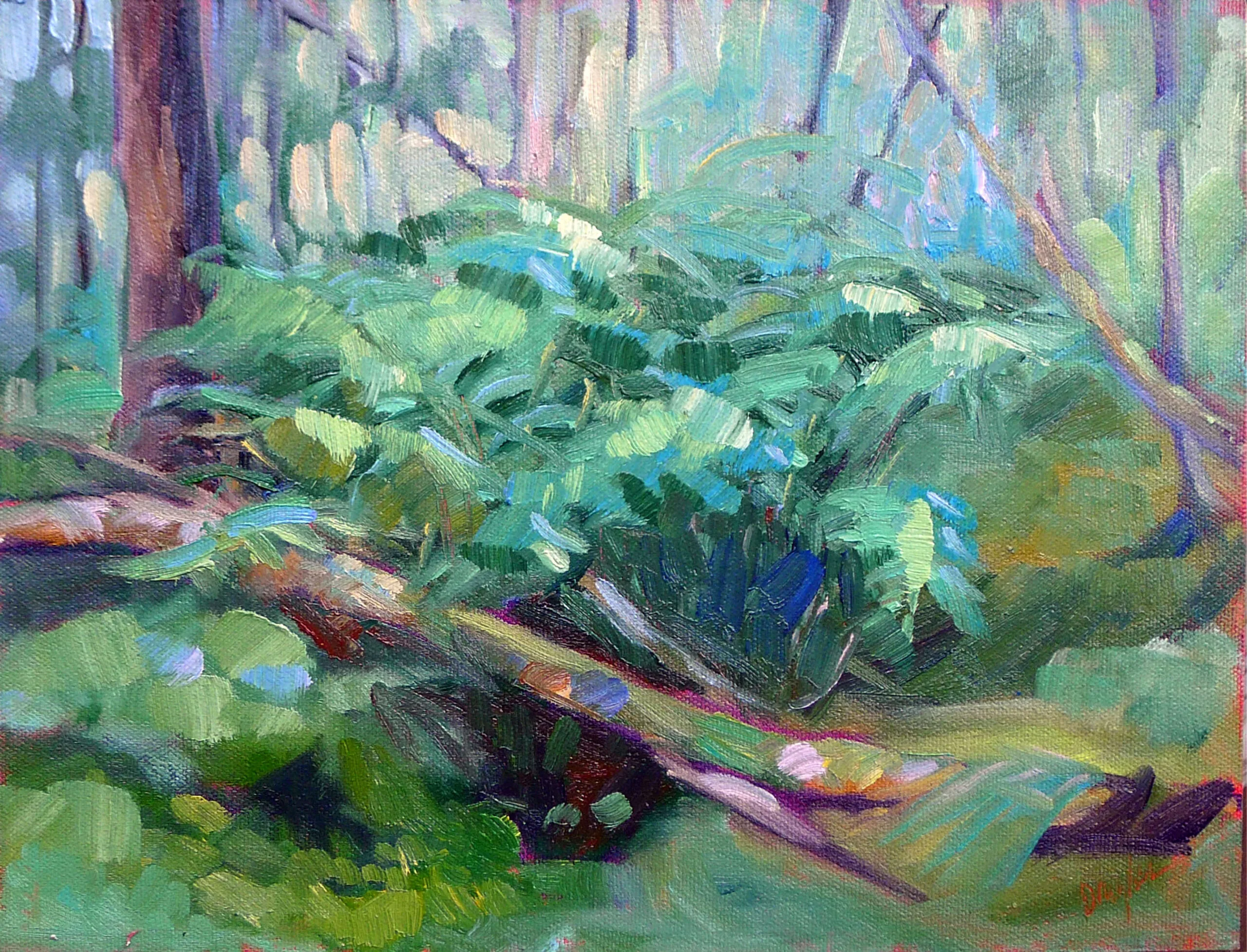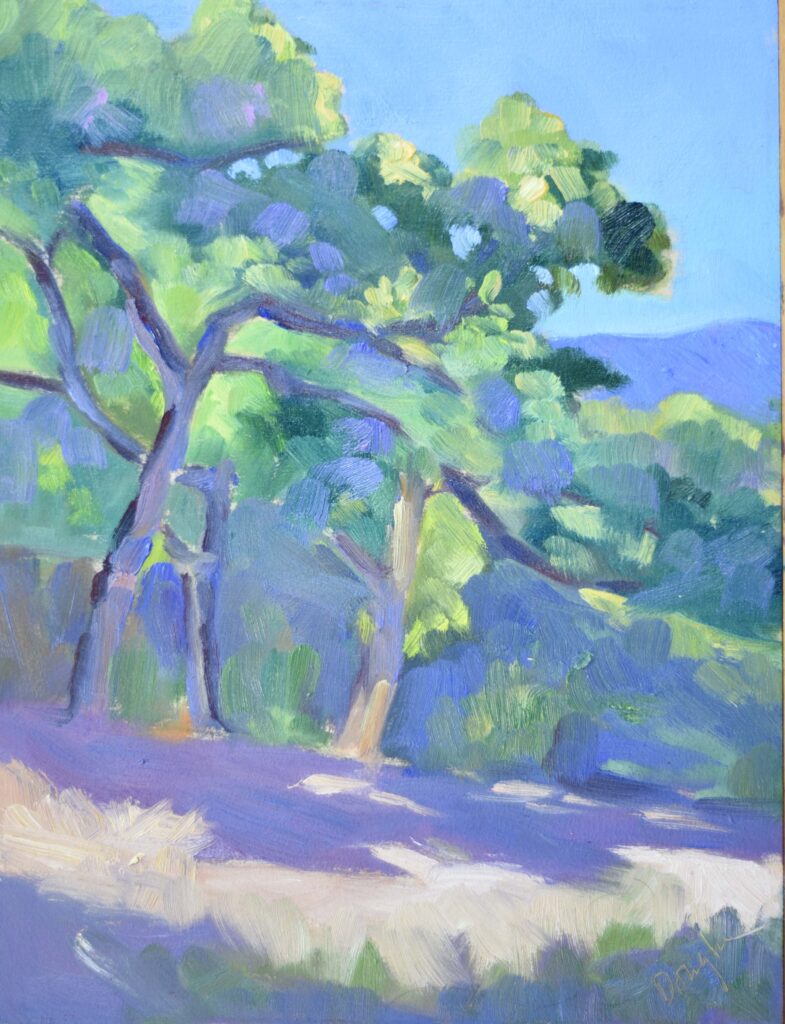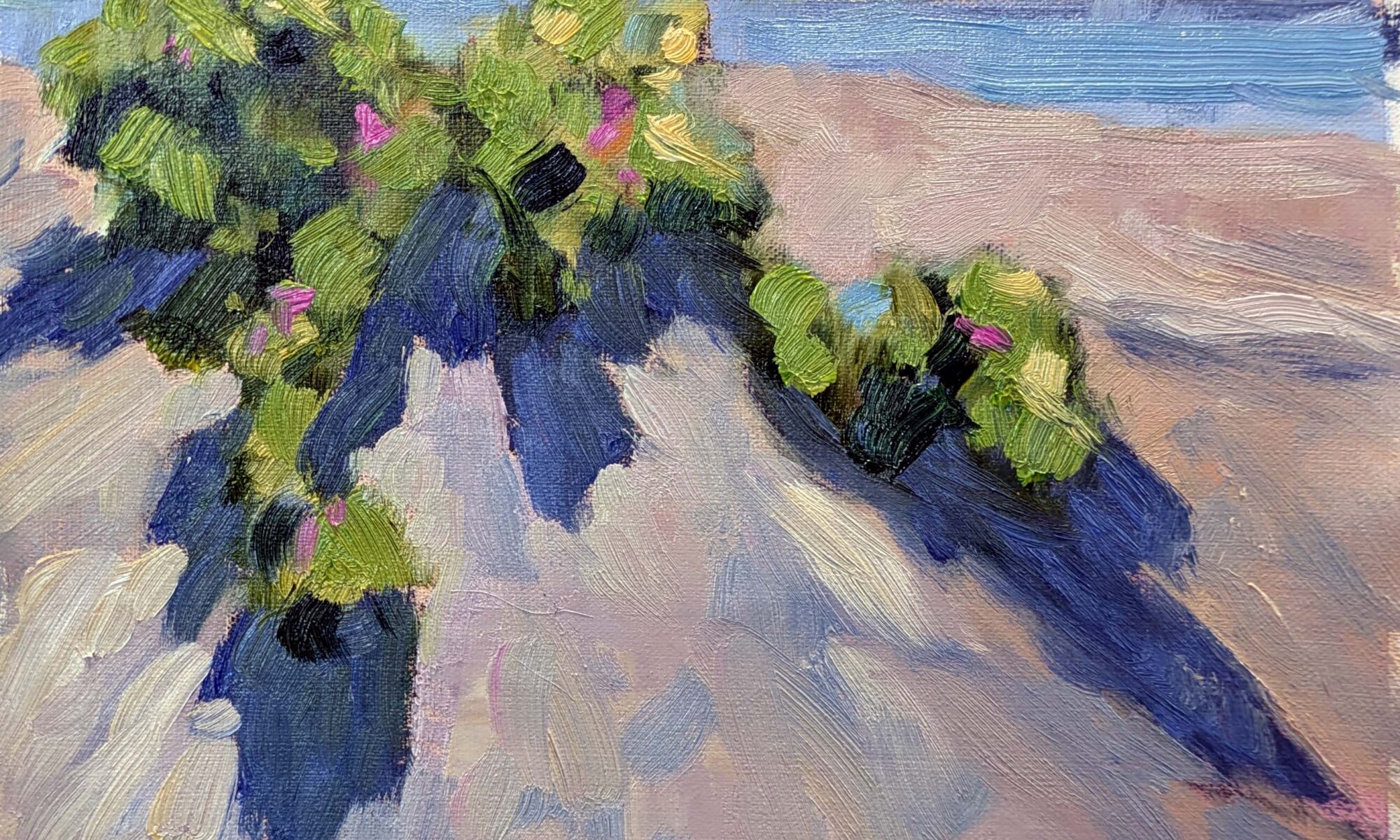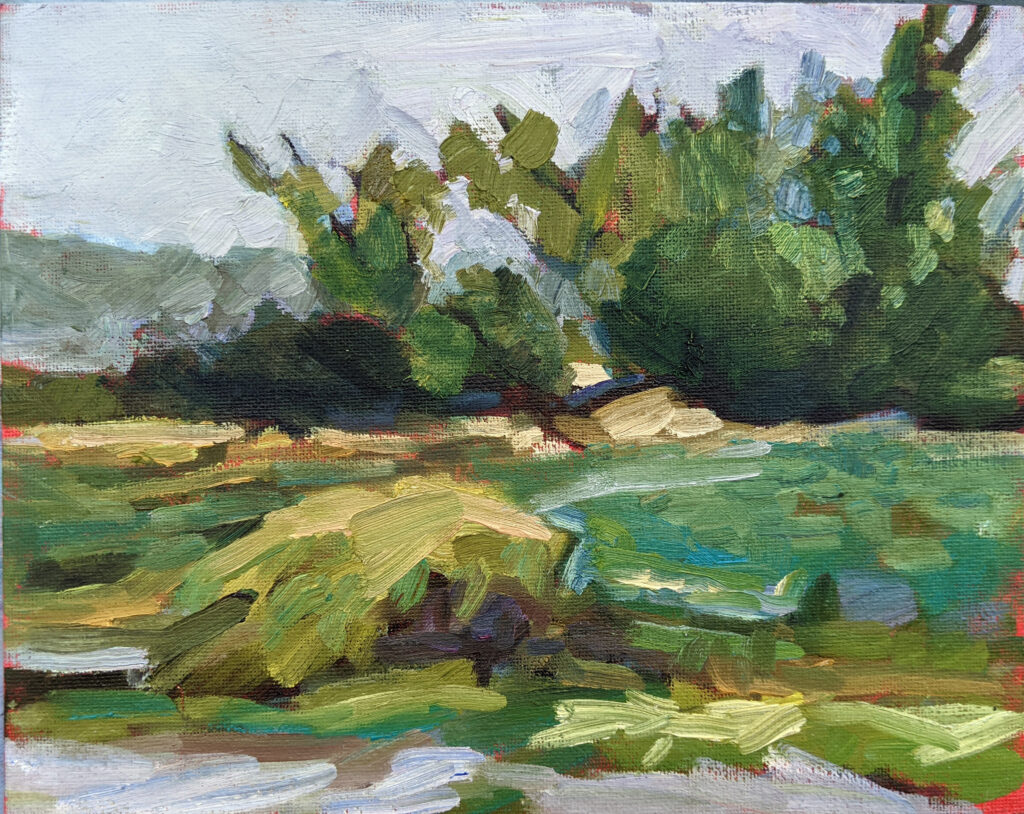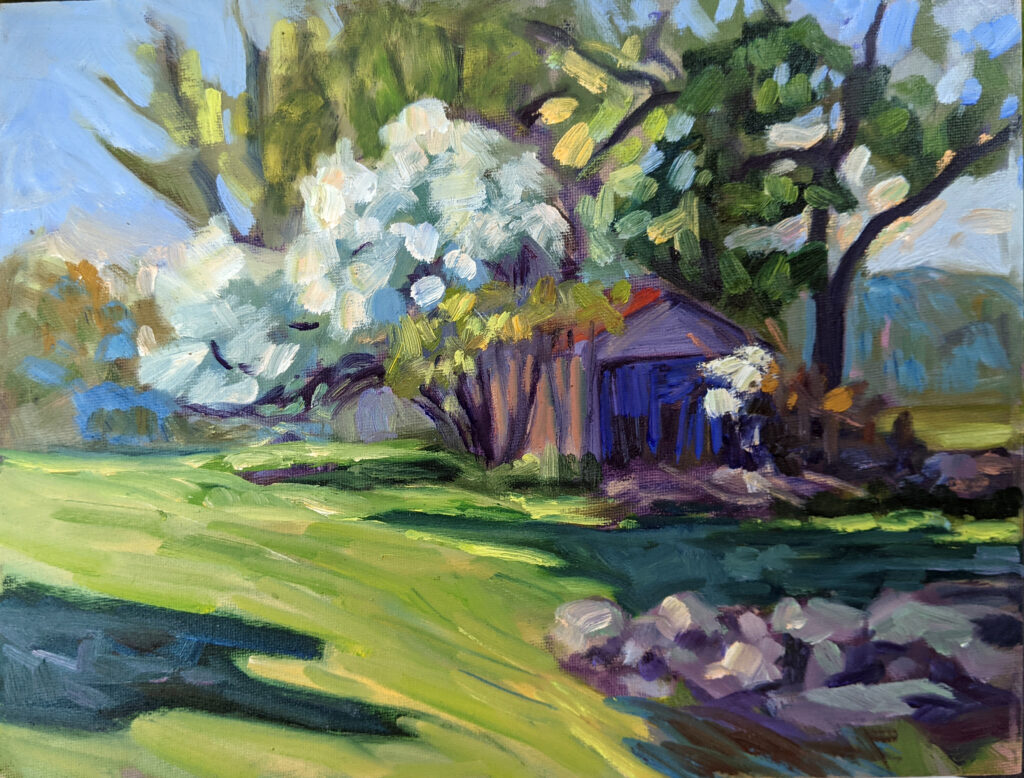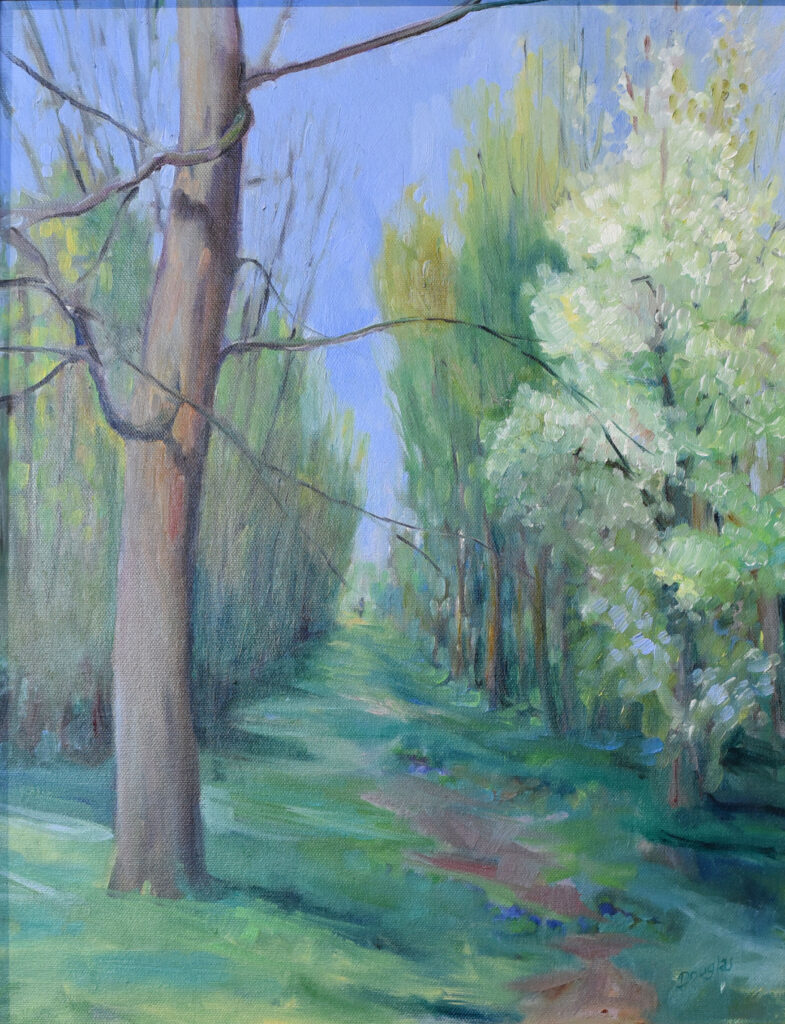About ten percent of the global population is left-handed, but I see a higher percentage of lefties among my students.
We still don’t know what causes left-handedness, but lefties are more likely to be ambidextrous than righties. I’ve known lefties who can do mirror-writing (including myself). This makes me think that the lefty brain is processing things slightly differently than do right-handed people.
As a lefty, I’ve always been interested in left handedness and creativity. Is there a correlation or is that a myth? Research on that question has yielded mixed results.
Brain lateralization
Brain lateralization refers to the specialization of the brain’s two hemispheres (left and right) for different functions. The left hemisphere typically dominates for language and logic, and the right for spatial and creative tasks. However, every person’s brain develops differently, and there’s a lot of overlap between the two sides of the brain. Our brain is an amazing, miraculous instrument in which the other side can take over if one side is damaged by stroke or injury.
Lefties develop less brain lateralization than righties. That means we rely less on the left hemisphere for certain tasks like language. However, that doesn’t necessarily translate to increased creativity. The problem for scientists is that creativity is a cluster of skills and propensities. That isn’t so easy to measure.
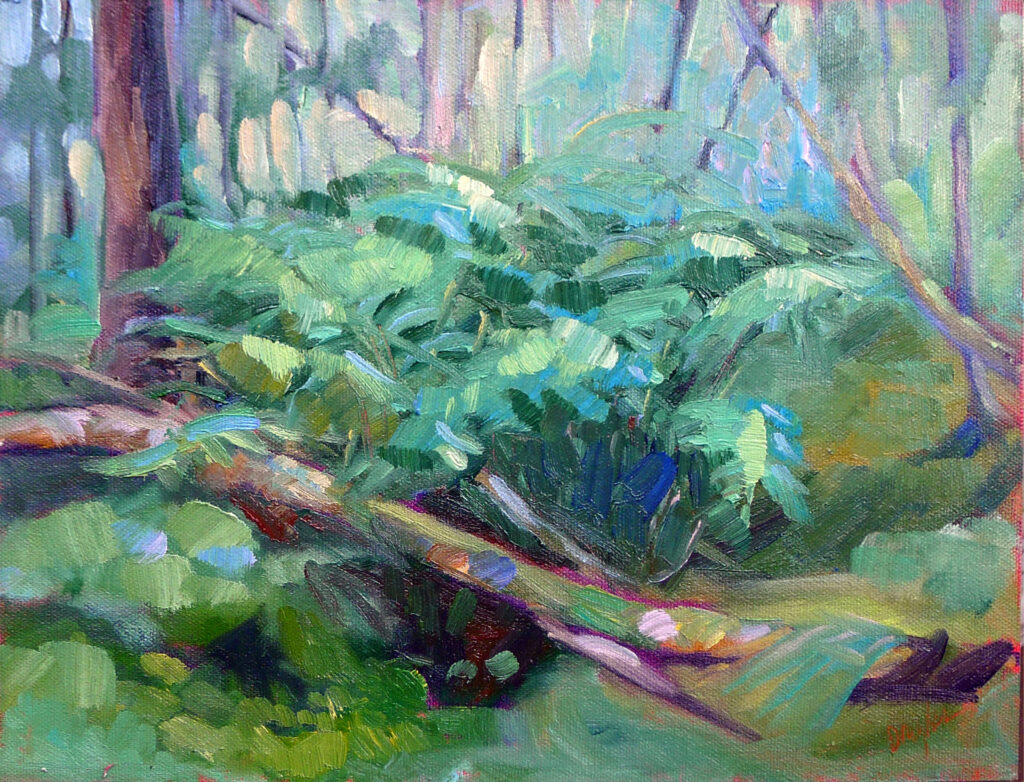
Left-handedness is, however, linked to higher incidences of serious mental illness. The prevalence of left-handedness is roughly average for mood disorders like depression and bipolar disorder, but it rises for serious forms of psychosis like schizophrenia or schizoaffective disorder.
If creativity is the capacity to see things differently than the ‘typical’ human brain, then perhaps left-handed creativity is linked to those debilitatingly different viewpoints.
Left handedness is also linked to higher rates of autism spectrum. That may be due to the weaker brain lateralization in left-handed people.
What do we do with our left-handed kids?
I was born with a pencil in my hand (which must have been very painful for my mother). It is possible that, as a culture, we expect our lefties to be artistic, so we train them to be artistic. To see whether this was the case, a team of researchers analyzed woodcarvers in a pre-industrial society in New Guinea. The results? There was no link between left handedness and creativity. This suggests that our western link between lefties and creativity is created by the stereotype that left-handers are more artistic.
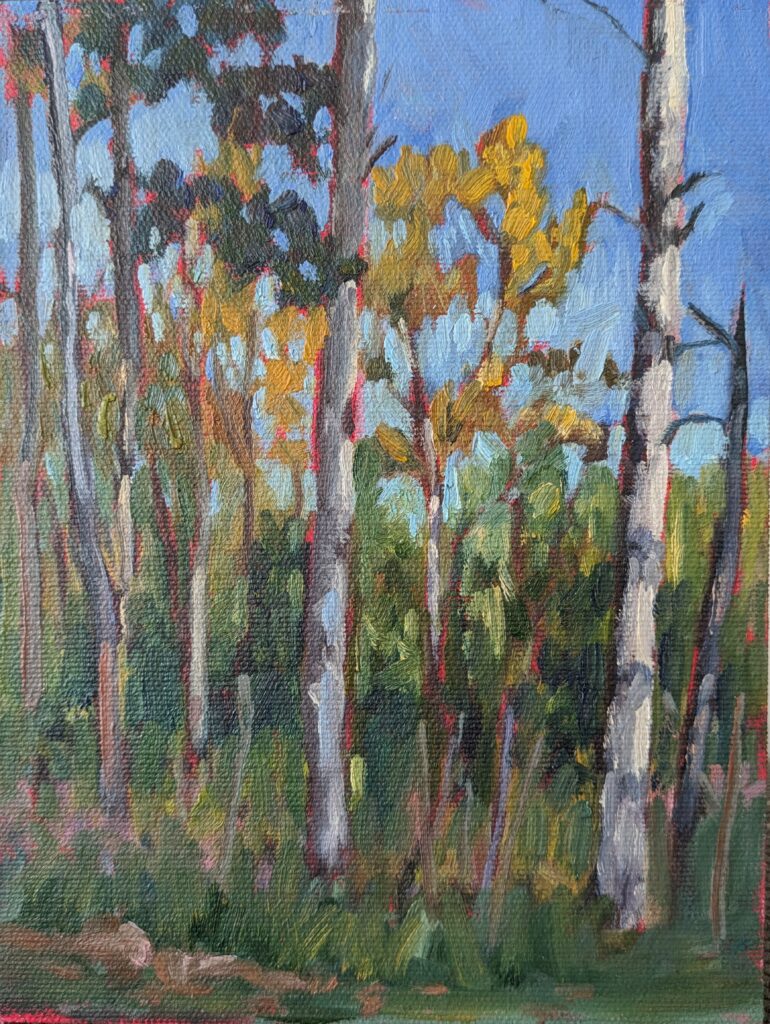
Suppression of left-handedness
I enjoy telling people that I’m the world’s oldest living artist; someday it will actually be true. However, I learned to write and draw in the early 1960s. By that time nobody was suppressing left handedness; in fact, as a kid I didn’t know any older people who’d had their handedness suppressed. When I read that suppressing left handedness was practiced up to the late 20th century in the United States, I just laugh. Be careful what you read on the internet, kids.
The more you create, the more creative you’ll be
The human mind is too intrepid and too varied to be put in any kind of box, and that includes the box of handedness. The more you create, the more creative you’ll be. Whether you’re left- or right-handed doesn’t matter.
Reserve your spot now for a workshop in 2025:
- Advanced Plein Air Painting, Rockport, ME, July 7-11, 2025.
- Sea and Sky at Acadia National Park, August 3-8, 2025.
- Find Your Authentic Voice in Plein Air, Berkshires, MA, August 11-15, 2025.
- Immersive In-Person Fall Workshop, Rockport, ME, October 6-10, 2025.

